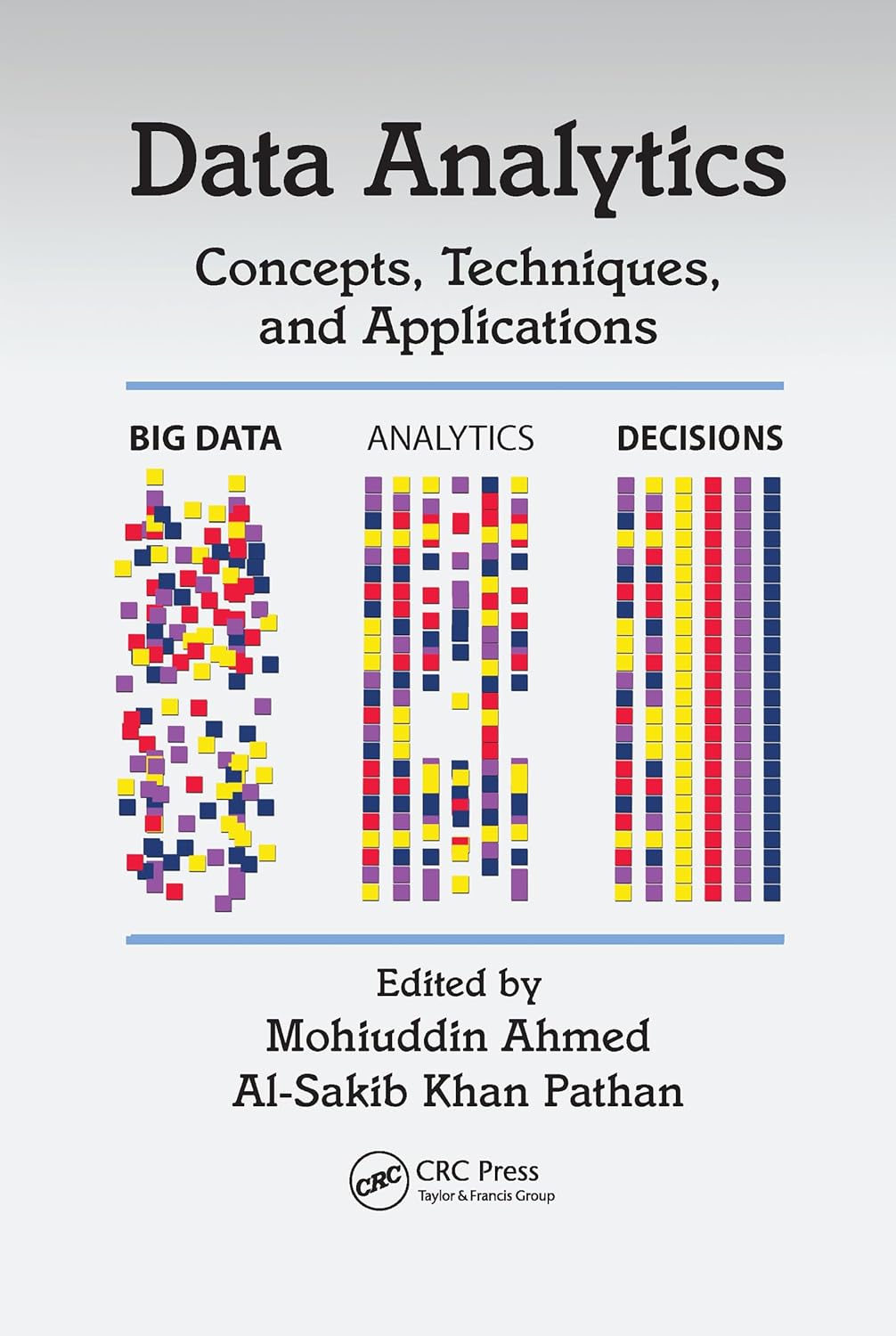
Data Analysis Techniques
What are Data Analysis Techniques?
Data analysis techniques are structured methods used to examine, interpret, and draw conclusions from data. These techniques help project managers and teams transform raw data into meaningful insights that inform decision-making, assess performance, and predict trends. By applying various statistical, mathematical, and logical approaches, teams can identify patterns, test hypotheses, and measure the success of a project.
Various data analysis techniques range from simple descriptive statistics to more advanced predictive modelling. The choice of technique depends on the project goals, the type and volume of data available, and the desired outcome. In project management, these techniques often support planning, risk management, resource allocation, and performance evaluation.
Key Points
- Data analysis techniques help convert complex data into actionable insights.
- They are essential for measuring project performance, identifying trends, and making informed decisions.
- Common types include descriptive, diagnostic, predictive, and prescriptive analysis.
- Teams can apply these techniques to both qualitative and quantitative data.
- Tools such as spreadsheets, data visualization software, and statistical packages support the analysis process.
Related Terms
- Descriptive analysis summarises data to highlight what has happened during a project.
- Predictive analysis uses historical data to forecast future outcomes and inform planning.
- Qualitative data involves non-numeric information that provides context and meaning to project outcomes.
- A performance metric provides a quantifiable measure to evaluate the success or progress of a project.
- Root cause analysis identifies the underlying reasons for project issues, often through data interpretation.
Data Analysis Techniques: Example
A software development project manager gathers user feedback and system performance logs after a product launch. By using descriptive statistics, the manager summarises user satisfaction scores. They then apply diagnostic analysis to investigate a spike in bug reports. The team uses this insight to improve the next software iteration. This combination of techniques allows the team to understand past results and guide future improvements.
Data Analysis Techniques: Best Practices
- Define clear objectives for the data analysis to ensure relevance and focus.
- Choose appropriate techniques based on the type of data and the project’s goals.
- Validate data sources for accuracy and consistency before analysis.
- Use data visualization to communicate findings effectively to stakeholders.
- Review and refine techniques regularly to adapt to changing project needs.
Additional Resources
Preparing for a PMI certification?
- Exam Prep Courses: PMP®, CAPM®, and PMI-ACP®
- Exam Simulators: PMP®, CAPM®, PMI-ACP®, PMI-PBA®, PMI-RMP®, PMI-SP®, PgMP®, and PfMP®
- Professional Development Units (PDUs): 15, 30, and 60 PDU Bundles




